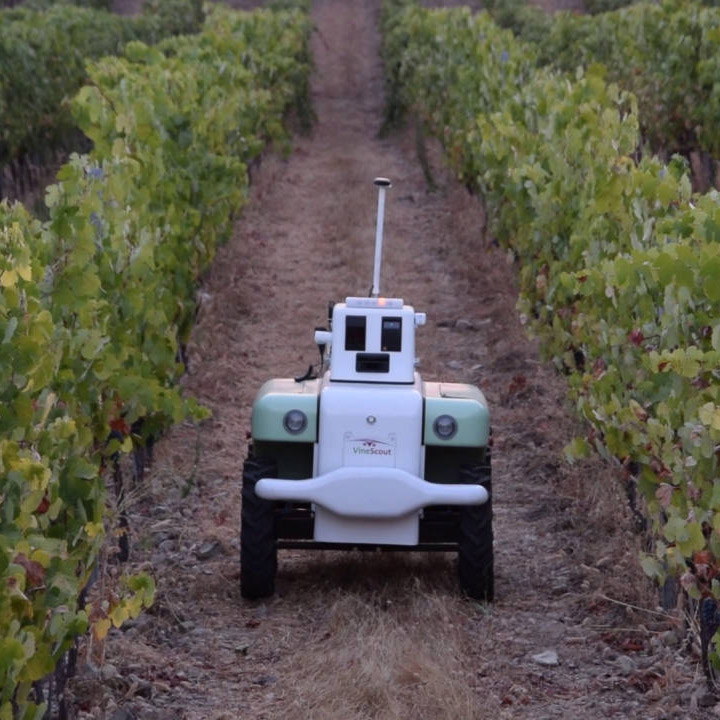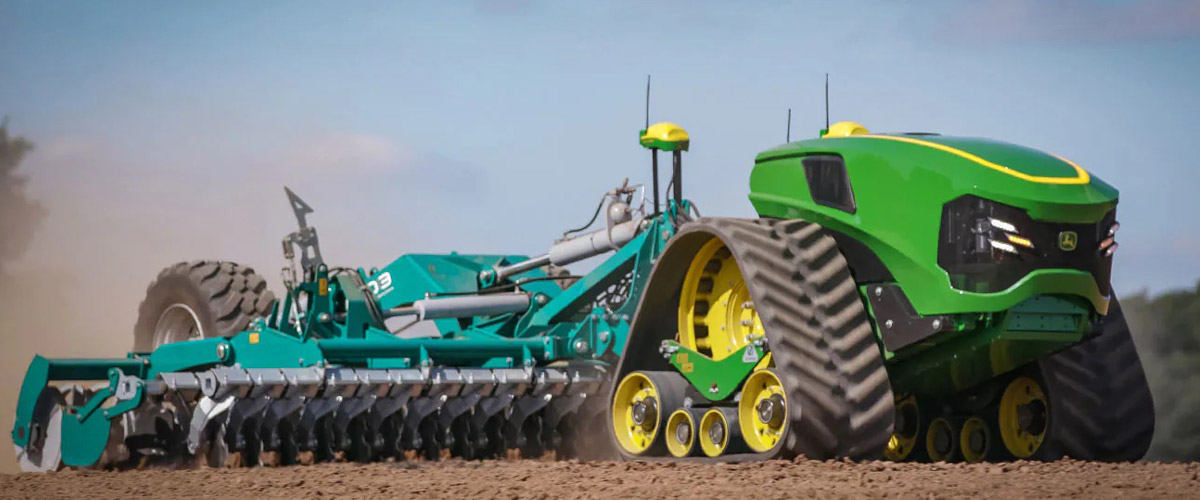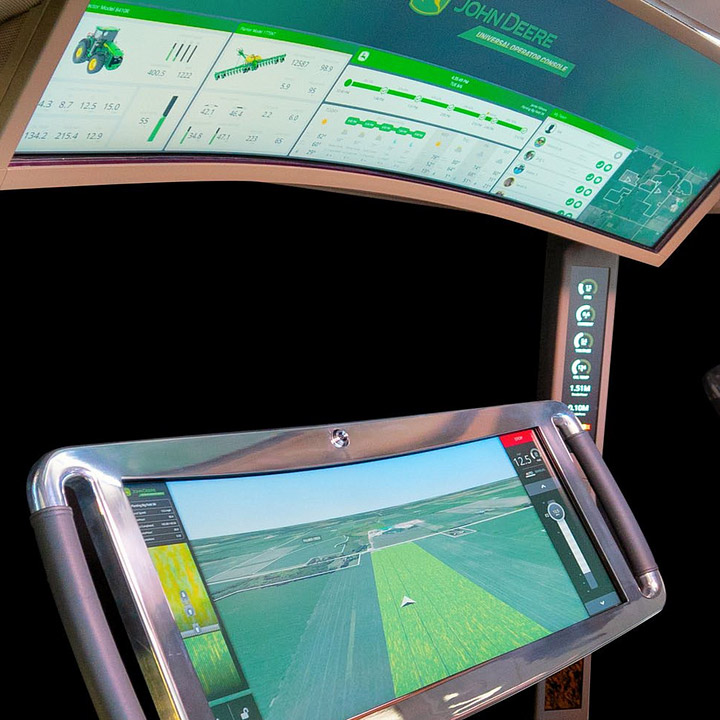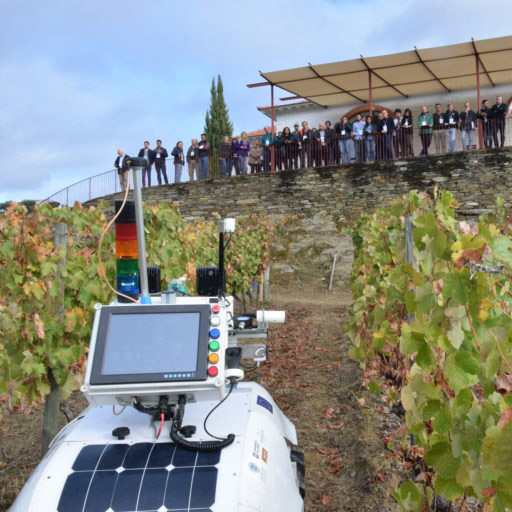January and February is the time for pruning. This is not an easy task, but requires speed, precision and experience. in the future However, because there is an increasing shortage of well-trained specialists, we will more often see futuristic-looking figures in the vineyards: semi-skilled workers with headsets whose "augmented reality" shows them where to make which cuts on each vine.

The devices should be ready for the market in about five years, according to the researchers of the MaaraTech project at the Universities of Auckland and Ontago in New Zealand. Even faster could be headsets with "virtual reality" to train pruning so that real vines are not injured by faulty pruning. Mitchell Faulconbridge of MaaraTech demonstrates how this works in a video. To do this, the programmers first have to teach their software, which transmits the images to the headsets, how to prune the vines correctly. This is where artificial intelligence comes in.
"Today we have the tools to transfer uniquely human knowledge and intelligence into software for non-living devices - that's what AI is all about," says technology expert Ganesh Padmanabhan. His ambition is to build smart machines that do jobs that have never worked without personal experience and human feeling. The prerequisite for this is data collected by sensors, which are linked together by programmed algorithms in such a way that the machine learns through experience - and in the next step independently translates what it has learned into actions.
The pruning headsets do not yet require autonomously functioning, mature AI - but they are definitely a precursor to it. Because the technology can train not only humans, but also robots. "The development of the fully automated vine pruning robot will take longer, however," explains Karly Burch from MaaraTech. The sociologist is concerned with the impact of AI on the people who will use it. For example, headsets are only designed for men's heads, but more and more women are working in vineyards. Wearing such devices for hours on end can also cause nausea and balance problems for workers due to "VR sickness". This is another reason why these work steps in the future are to be carried out entirely by robots.
For this purpose, autonomously driving tractors will roll through the rows of vines in a few years. The US agricultural machinery manufacturer John Deere recently presented an autonomous tractor at the CES technology fair in Las Vegas. It has a maximum output of 377 kW(512 hp) and is equipped with six stereo cameras that detect obstacles all around and calculate distances. For this purpose, the live images are fed into an AI network. It decides in just 100 milliseconds whether the tractor, which costs at least $320,000, should continue or stop, John Deere announced in a press release. To do this, its "AutoTrac" steering system must first determine the boundaries and steering lines of the field or vineyard on a reconnaissance trip. The data is uploaded to the Operations Centre app for remote monitoring.
 |
The farmer - and in the future the winegrower - then only has to drive the tractor to the field or vineyard. There, he starts the autonomous operation via Android or iOS app. While driving, the tractor continuously checks its position via GPS with an accuracy of a few centimetres. The owner can now devote himself to other work, because he monitors the machine completely via smartphone. The control app offers full access to live videos, images, data and measured values.
Currently, the Reb robots are mainly used for data collection. For example, the "VineScout" developed by the Polytechnic of Valencia determines 30 different data for each of the 12,000 measuring points recorded in just one hour - from water and fertiliser requirements to risks for incipient vine diseases and the degree of ripeness of the grapes. So far, it has merely made this data available to the winegrower so that he can organise the necessary work steps. But in the future the AI is supposed to decide autonomously whether the irrigation system should be switched on or whether some Bordeaux broth should be sprayed on the first mildew spores.

This would reduce the use of environmentally harmful pesticides and optimise the use of limited resources - that is the hope - or rather the promise - of the new AI systems. In order to be able to control robots, drones, plants and apps via the Internet of Things as the control centre, indeed as the brain of smart wine production, it processes enormous amounts of information (Big Data) from sensors with the help of algorithms. The systems are thus essentially dependent on them.
The Pinot project (Project for the Development of Artificial Intelligence for Oenology and Technology in Viticulture), funded by the German Federal Ministry of Food and Agriculture (BMEL) to the tune of 2.9 million euros, is currently undertaking such a practical test. Here, the Neustadt Wine Campus, the Environmental Campus of Trier University of Applied Sciences, the Fraunhofer Institute for Integrated Circuits, the companies Genie Enterprise and Vineyard Cloud, the engineering firm Wille Engineering and the Lergenmüller winery from Hainfeld (Palatinate) are developing, among other things, an AI-based sensor system that controls the fermentation process. At the Lergenmüller winery, odour, taste and texture sensors monitor fermentation. According to graduate engineer Sebastian Wille from Hofheim near Frankfurt, the aim is to "measure the aromas responsible for wine quality during operation, even before your own nose can detect them". This should help, for example, to avoid faulty fermentations such as the notorious hydrogen sulphide boils - but also to ensure the quality and authenticity of the wines. "From the collected data, the system learns to take into account the many nuances that make up wines. Inconsistencies can thus be detected at an early stage and faulty fermentations can be reliably predicted even before it's too late," he explains the concept, "cellar masters react to this with oenological interventions and thus ensure the quality of their wines."
It is not far from the use of artificial noses, palates and eyes in wine production to their use for wine tasting. Bernard Chen from the University of Central Arkansas in the USA is currently working on the development of a virtual sommelier: with the help of a computer-assisted wine aromarade, he translates professional tasting notes into a machine-readable format and links the descriptions to the chemical analysis data of the wines in question. In this way, the AI is said to recognise connections between laboratory and taster logic for the first time, which are summarised like a profile for each wine. In this way, wine evaluation can be automated by recording the analysis data, says Chen. This way, the system can eliminate any subjective perception, he says: "Thanks to AI, we will have objective wine ratings in the future."
These examples show that the wine industry is at the beginning of a real technological revolution. At the same time, this development harbours risks that are difficult to assess. This has also been recognised by the International Organisation of Vine and Wine (OIV), which presented a report of more than 80 pages on digital trends in the wine sector in November 2021. With this report, it wants to emphasise its global claim to leadership on the topic: In contrast to industrialisation 200 years ago, those responsible do not want to just passively endure the radical change, but actively shape it.

Very often, as can be read in many an AI project description, the focus is on productivity and profit increases. Scepticism is in order here: It is not for nothing that the OIV describes the high implementation costs of such systems as one of the central challenges of digitalisation. Large wineries and online retailers can massively streamline their processes with AI networks, but this is simply not financially viable for small and medium-sized winegrowing and trading businesses. They are in danger - once again - of falling by the wayside.
Unless the winegrower or trader pays with his data. The providers of learning machines and software often make their tools available at low cost, even free of charge for research projects. But in return, the users have to sign an agreement that usually no one reads very closely. In the best case, the owner cedes the right to use the collected data for the purpose of the project - in the worst case, ownership is transferred completely to the developers. In this way, they build proprietary agricultural databases to offer them to in the future at high licensing costs.
Data sovereignty therefore currently appears to be the core problem of artificial intelligence in viticulture. Who owns the myriads of data collected with, by or for AI? To the winemaker, to research or to "Big Data"? Who is allowed to use it for what purposes and for what amounts? These questions are open. But the answers will determine the direction and intensity with which AI, robots, drones and sensors change the wine industry.